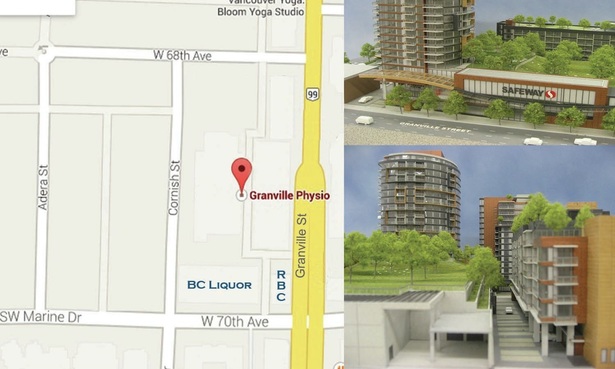|
If you've already followed our guidelines to finding a perfect pillow, but are still not sleeping restfully, your mattress is likely the culprit. Thankfully, our physiotherapists here at Granville Physio have simplified your mattress needs. Read on below to discover which mattress types may be right for you, or click here to book in today with James Rowan, Jim Bowie, or Damien Wild for your one-on-one treatment. SupportIn our opinion, the most important feature of your mattress should be the support that it provides for your spine. A good mattress will fully support the natural alignment and curvature of the spine, allowing for a comfortable and healthy rest. Your mattress should cushion your body in such a way that pressure points are minimized, the body relaxes into a position of natural and lengthened spinal alignment, and most importantly there is no soreness or stiffness upon waking. Choosing the best firmness for you depends on mainly two factors: the preferred sleeping position and the shape of the individual. Sleeping on your back will lend itself to a firmer mattress being more comfortable (this doesn't mean back sleepers want a rock hard mattress). Side sleepers should have a mattress that allows the hip to sink into the bed enough that the spinal alignment remains neutral (adding a pillow between the knees can further help this). Additionally, the shoulder should sink into the mattress enough so that the neck and mid back are in the same line while the bottom shoulder is not rolled forward too far. We recommend that you try laying on any potential mattress for a minimum of 20 minutes before making a decision. This will allow your body to relax fully into the support each mattress offers, and much like Goldilocks, will enable you to rule out the "too hard" or "too soft" options before you commit to purchasing. When shopping for a mattress you should also bring along someone to verify that your spinal alignment looks like the "just right" picture below. Side Sleepers - The "Goldilocks Guide" to MattressesMaterials and CompositionOne last consideration for a mattress is what it is made of, which will affect respiratory health greatly. Remember that this is a place where you'll be spending almost a third of your life. There are three main culprits that adversely affect your health. In North America mattresses are required to be fire retardant. For the majority of mattresses this means spraying them in a chemical soap to help "save" us in the case of a fire. While this might seem like a good idea we, unfortunately have to breath in the Volatile Organic Compounds (VOC) that are emitted from the mattress as a result of this. Additionally, many of the mattresses and pillows out there have glues that hold the mattress together, and these release VOCs as well. The third respiratory concern is from dust mites, mildew, mold, and fungi. Dust mite feces, rather than the actual dust mites, are the main culprit. Common allergic reactions to these are sneezing, itching, watery eyes, wheezing, headaches, and fatigue. Coil/Spring mattresses are the least favorable for allergy sufferers because of their inner spring system.
The inner cavity of coil mattresses creates an incubator for dust mites and dead skin cells accumulate. You'll often find mold and mildew within the cavity of a coil/spring mattress due to humidity caused by the transfer of body heat. This is why spring mattresses will typically weigh 10 times its original weight after 10 years of use. Pillow Tops or Quilted Tops attract dust mites as well. With light, loose padding, these soft tops provide an ideal environment for dust mites to thrive in. Therefore, memory foam mattress and latex mattress without coils or springs are the way to go if you have allergies. If you have any further questions on mattress shopping, please do not hesitate to contact us! Click here to ask one of our physiotherapists your questions, or click here to book an appointment today! Sweet dreams! - Granville Physio
1 Comment
Do you often wake up stiff and sore? Are you prone to frequent headaches, or persistent neck pain? The problem may lie in your choice of pillow. We spend a large portion of our day sleeping, and the alignment of our spine and head during our sleeping hours can have a drastic influence on our health and well-being throughout the day. Many individuals are unaware of their poor sleeping habits, and are not using a pillow that properly supports their body during rest. However, purchasing a proper pillow can be a daunting task. There is large variety of pillow sizes, shapes, materials, densities, and brands, all of which can be quite overwhelming if you are unsure of what to look for! However, our physiotherapists here at Granville Physio are here to help! We've outlined below a few basic sleeping positions, and the pillow types that are best suited for your individual sleeping style. However, if you would like a personalized assessment of your resting spinal position, and the pillow that will optimize your rest, click here to book in with James, Damien, or Jim today! 1. The Side Sleeper
2. The Back Sleeper
3. The Tummy SleeperFor those of you who have a tendency to sleep on your stomach - please stop! It may be difficult to adjust your sleeping position at first, but we guarantee that your neck will thank you for it! Sleeping on the stomach puts your neck in a position of full rotation for long periods of time, which as you may have guessed, is not good for your body. With the head turned to one side for such a long period of time, you are compressing one side of the neck and over-stretching the other side. Oftentimes, this can cause pain, stiffness, and headaches in the morning, regardless of which pillow you choose to use. Pillow Types and Common MaterialsWith the above tips in mind, here are a few different types of pillows you may encounter in your shopping: A) Memory Foam
Our Final Thoughts on Pillow ShoppingWe recommend taking someone with you when you go to pick out your perfect pillow.
Laying down with each pillow, on a mattress that is similar to yours, is the most important step! Have a person assess your neck and spine alignment, to ensure that you are choosing a pillow with the right height and level of support. While suggested as the ergonomic solution, contoured pillows (particularly those with two bumps), often don't provide a very good fit. As always, if you have any questions or concerns, the physiotherapists at Granville Physio are here to help. Click here if you would like to book an appointment. Sweet dreams! "Sitting is the new smoking." It's a drastic statement, but it has caught much attention and popularity in recent years, as study after study has shown the drastically negative impact that sitting has on our overall health (read a few by clicking here or here). While simply sitting for less time may seem like the easy answer, unfortunately for a lot of us, sitting at a desk comprises a large portion of our work week. In fact, we are willing to bet that you are sitting at a desk - whether your work station or at home - right now as you read this. If you are, freeze! Don't move! Take a moment to investigate your positioning right now, simple things like how far away from the computer you are, or where your mouse and keyboard are in relation to you. While sitting may not always be avoidable, we have five easy adjustments that you can make, to help reduce the negative impact your desk habits may be having on your health. How many of our five key workplace habits do you think you are guilty of? Read on below to find out, and to see what our physiotherapists recommend to help alleviate these problems. 1. Distance from the MonitorWhy it matters? Sitting too close to the monitor can have serious consequences on your vision, while sitting too far away often results in individuals leaning forward, which creates poor posture. This in turn can lead to increased pressure on the low back, tension in the shoulders, and a strained neck. James Rowan's suggested fix: Avoid poor postural mistakes or eye strain by ensuring that your monitor is set up at a proper distance. Your gaze should naturally fall within the top third of the screen, and the monitor should ideally be between 18-20 inches from your face. Adjusting your keyboard to an easily accessible position at this distance, or investing in a desk chair that enables a proper height, are two great options to help make this new position seem more natural. 2. Sitting Too LongWhy it matters? As we mentioned above, prolonged periods of sitting have a wide array of negative health effects. Interestingly, studies have found that many of the negative effects of sitting are irreversible, meaning that the damage done over long periods of sitting cannot simply be undone by a later change in habits. Complications such as disc herniation, hypertension, diabetes, and even cancer are drastically reduced when individuals make an effort to sit less and move more. In fact, the Conference Board of Canada predicts that if only 10% of Canadians were to make an effort to reduce their sitting hours, national health care costs would be reduced by 2.6 BILLION dollars! Damien Wild's suggested fix: While options like a sit-stand desk are fantastic alternatives to the traditional workplace, they are not always financially feasible. Instead, try incorporating some of these simple ideas into your everyday work routine:
You may get a few silly looks from your coworkers at first, but we are confident that by incorporating these simple activities into your routine, you will feel better, be more focused and productive, and may even inspire others to make healthier changes for themselves as well! 3. Sitting AngleWhy it matters? Studies have shown that the angle at which we sit has a drastic effect on the amount of pressure that we place on our intervertebral discs. As you can probably guess, this pressure is not a good thing, and over time can lead to disc herniation, chronic pain, and decreased range of motion. Jim Bowie's suggested fix: By simply adjusting the angle of your seated position, disc pressure can be reduced by up to 85%! As you can see in the image above, Nachemson et al. demonstrate that relative to standing, sitting at an angle of 110 degrees (leaning slightly backwards from the monitor) places only marginally more pressure on the spine, whereas leaning forwards into the screen can almost double the pressure our discs undergo. Ensure that your desk chair can facilitate these healthier postures, press your hips as far back into your chair as they can go, and be conscious of your shoulders slumping forward. It is important to note as well, that the old adage "sit up straight" is not necessarily true; as you can see from the image above, trying to hold yourself perfectly erect actually places more strain on the back. Instead, try to find a comfortable position that is lengthened but relaxed, and remember to incorporate movement at regular intervals. 4. Hip TiltWhy it matters? The majority of us tend to sit favouring one side over the other, without even realizing it. If you are unsure whether or not you are guilty of this, simply take note of how you typically sit at work. Do you find yourself leaning on one armrest more than the other? Do you lean your head onto the same hand regularly, or cross your legs with the same leg always on top? These habits indicate an imbalanced pelvis, which can cause movement and alignment problems, as well as back pain. Damien Wild's suggested fix: Since so many people are unaware of this lean, simply being more conscious of your seated position will drastically help alleviate the strain that the pelvic imbalance is creating. Avoid crossing your legs, and leaning forward onto your desk or armrest. Try to feel both sides of your buttocks and hips pressing equally into the chair, and if you are feeling tired or need to lean, try standing up and moving for a few minutes instead. 5. Mouse PositioningWhy it matters?
Improper positioning of the mouse can cause individuals to bend wrists, and lift or reach arms out for extended periods of time. This in turn places increased stress on the wrist and elbow joints, over time weakening these systems and creating pain and dysfunction. James Rowan's suggested fix: Make sure that your mouse is placed in the "Usual Zone" pictured above, within 25 cm of your seated position. The hand and forearm should maintain a straight line, and the upper arm should not have to extend or elevate to use the mouse. By keeping the mouse in the green zone displayed above, regular reaching motions are eliminated, strain on the elbow is reduced, and your body will thank you! Happy New Year! We may be few weeks into 2016, but it isn't too late to set some new year's resolutions for yourself! Whether you want to correct that bad back posture at work, brush up on your running skills, or simply make your health and body a priority this year, we are here to help! Poor postural, movement, and alignment habits can be hard to break, and can lead to long term pain and discomfort if not corrected. Oftentimes, we perform these improper movements without even realizing that what we are doing is incorrect, causing unnecessary tension and pain! James Rowan, one of our experienced physiotherapists, recommends "the start of a new year is a great opportunity to assess your daily movements and postures, and to take a preventative stance on injury and pain as you tackle your resolutions for 2016". Our knowledgeable physiotherapists are happy to help you with all of your movement needs, click here to book in today! All the best in 2016!
- Granville Physio Hello everyone! We are so excited to be operating out of our new space, here at 70th and Granville, and to now have our website fully up and running. For those of you who have been with us throughout this journey, thank you for your patience and support as we have made this new space our home. And to those of you just finding us, welcome! This blog will be used as a platform for our knowledgeable and experienced physiotherapists to share all things IMS - exciting treatment news, information on techniques and results, and answers to some of the questions we get most frequently here at the clinic. Stay tuned for more posts in the weeks to come, and thanks for choosing IMS Vancouver @ Granville Physio!
- Your Granville Physio team |
LocationClick to enlarge. Located behind the Safeway at Granville and 70th Street. Ample parking in front of clinic.
|
Contact Us
|
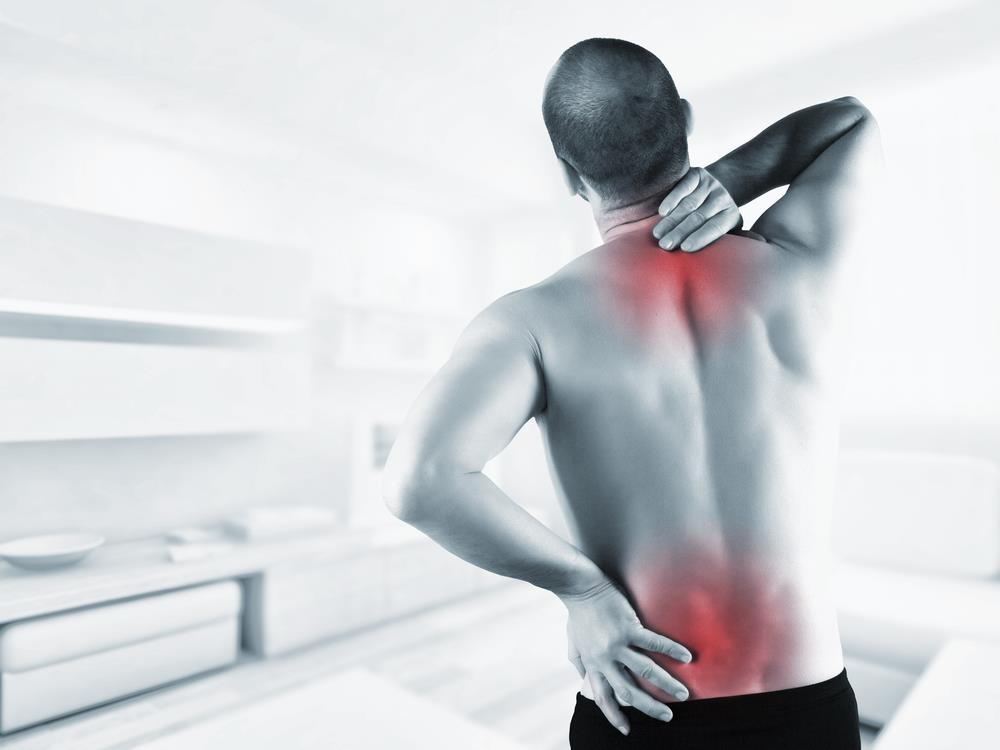
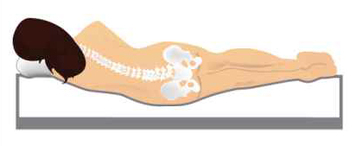
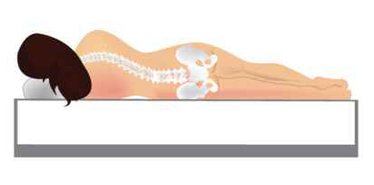
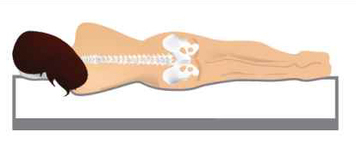
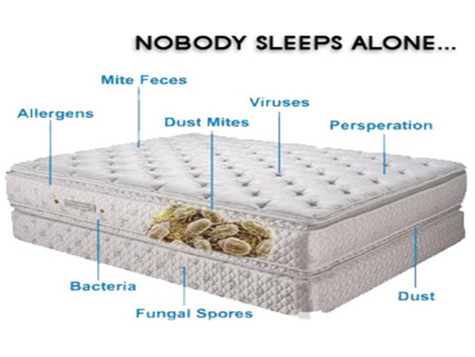

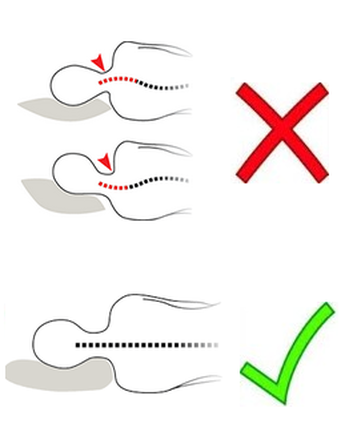
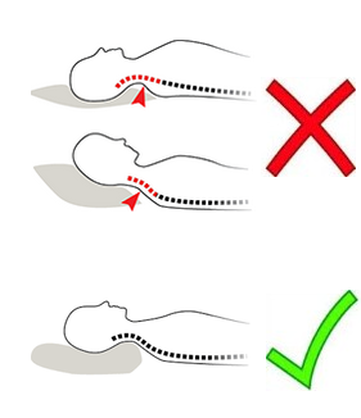
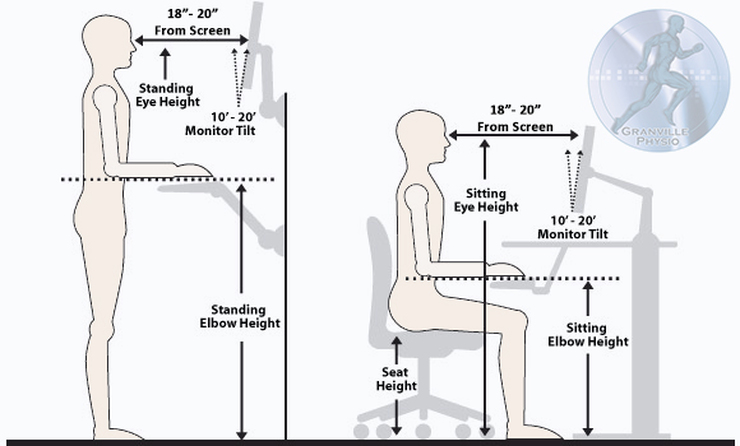
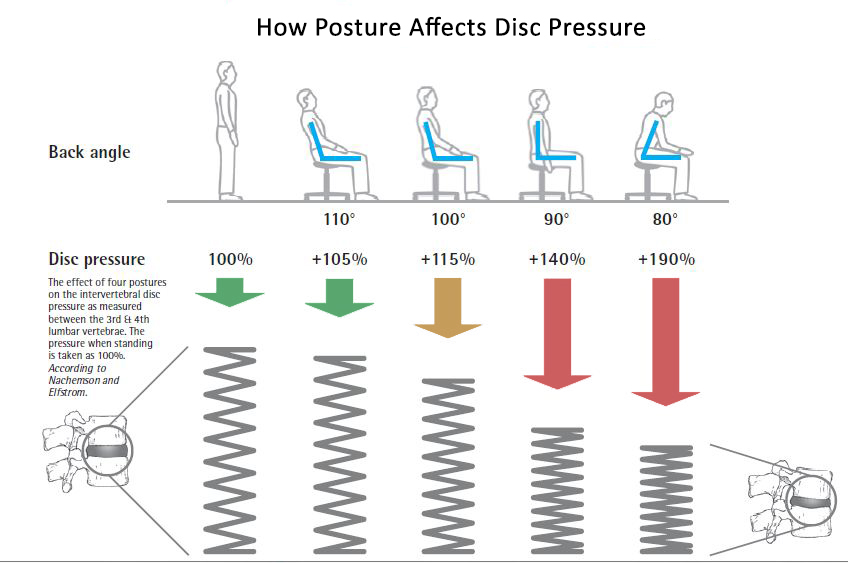
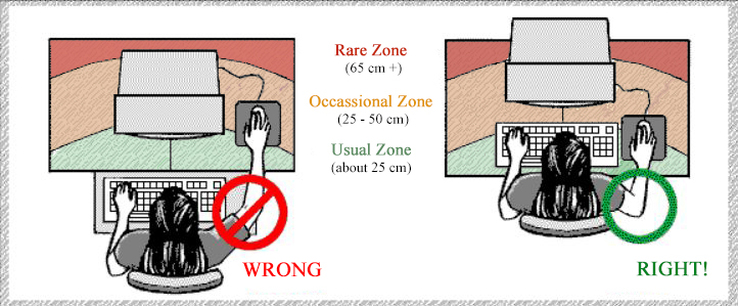
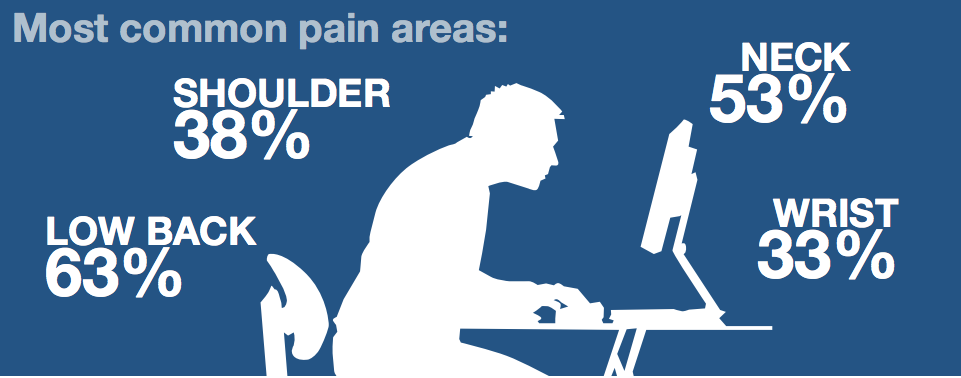

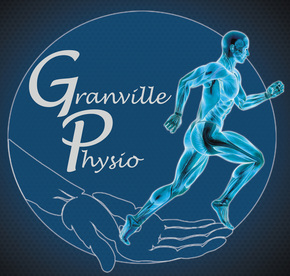
 RSS Feed
RSS Feed
